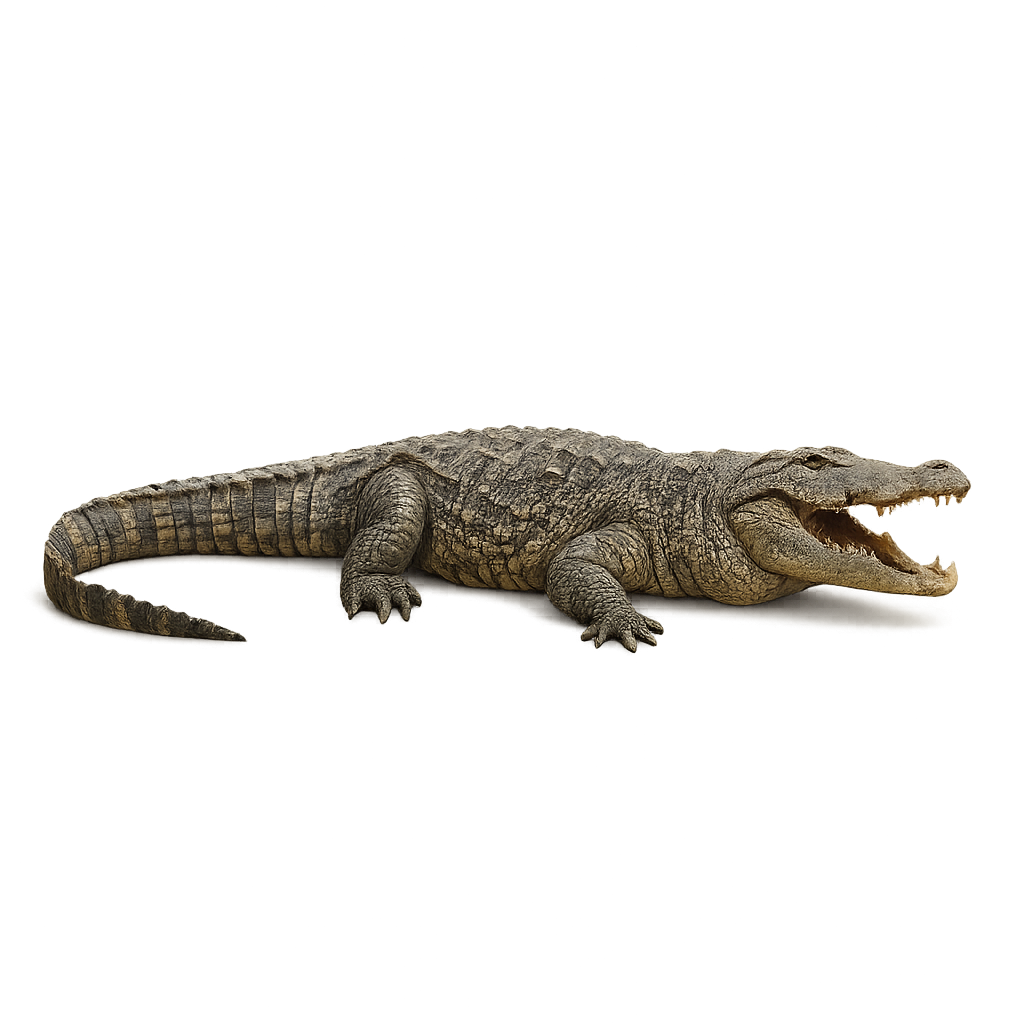Animal Species Profiles:
Mammals, Birds, Reptiles & More
Explore wildlife from around the world with the species profiles on WildlifePhotographer. Mammals, birds, reptiles… For each species, you’ll find key information such as habitat, observation periods, distribution, and photography tips. Want more details and advanced features? Download the full app for the complete experience.
Northern grass snake
Natrix natrix
The Common European Water Snake is a non-venomous snake species, easily recognized by the distinctive black patch that forms a collar around its neck. It is typically olive green to gray in color, with lighter patterns on the belly and small black spots on the back. It can grow up to 1.5 meters in length, although the average size is around 1 meter.
This snake primarily inhabits wetland areas, such as lake shores, marshes, and rivers, where it primarily hunts fish, amphibians, and small reptiles. It is a very good swimmer and spends much of its time in the water, using its diving skills to capture prey. While it is fairly common, it may be threatened by the destruction of its natural habitats, pollution, and illegal collection. The Common European Water Snake is protected in several regions of its range.
Nile crocodile
Crocodylus niloticus
The Nile Crocodile is one of the most formidable and largest species of crocodiles, capable of reaching up to 5 meters in length. It primarily lives in rivers, lakes, and swamps in Africa and is an opportunistic predator, mainly hunting fish, birds, and mammals that approach the shores. This crocodile is also known for its territorial behavior, with males often dominating large aquatic areas. Its powerful body and rough skin allow it to blend into its environment, facilitating its stealthy hunting strategy. While primarily aquatic, the Nile Crocodile sometimes ventures onto land to bask in the sun.
Nile monitor
Varanus niloticus
The Nile Monitor is a large reptile species native to Africa, particularly found in sub-Saharan regions. It is easily recognized by its impressive size, long and powerful body, and smooth scales. This monitor is semi-aquatic and is commonly found near rivers, lakes, and swamps, where it feeds on fish, amphibians, birds, and even small mammals. Highly agile, it is also capable of swimming and climbing with ease. The Nile Monitor is known for its territorial nature and sometimes aggressive behaviors, especially during the breeding season.




